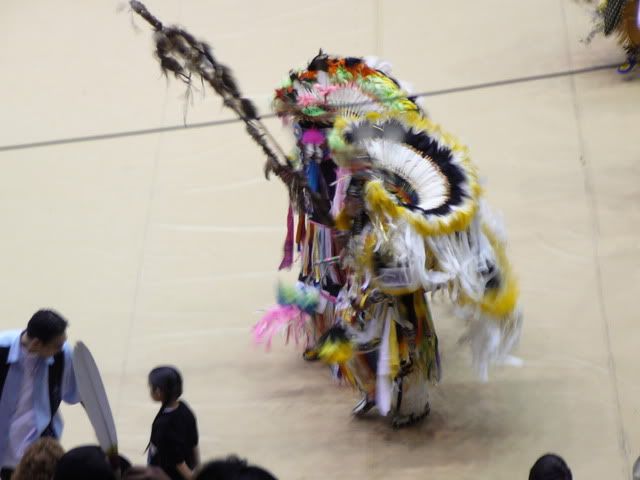
It begins with the drums. This is the signal for the dancers to enter into the dance arbor, usually led by dancers carrying the eagle feather staff. This marks the Grand Entry which starts each powwow session. This is a powwow: the most common form of Indian celebration.
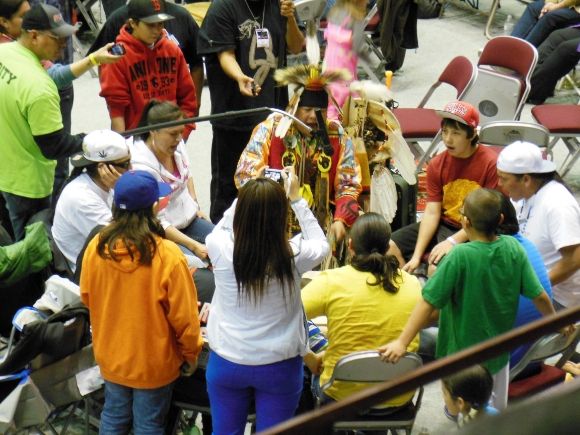
The powwow itself is not a religious or spiritual ceremony; nor, in its current form, is it a particularly “ancient” celebration. The powwow is a public celebration and demonstration of community pride in Indian culture and a way of honoring Native American heritage.
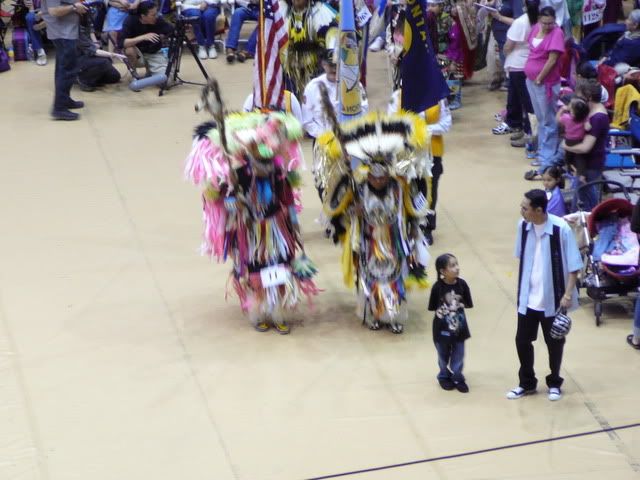
Following the eagle staffs, carried by Fancy Dancers in the powwow shown above, are the flags-American, Canadian, tribal, MIA, state (this varies from powwow to powwow). At many powwows, following the flags are the “royalty” and other dignitaries.
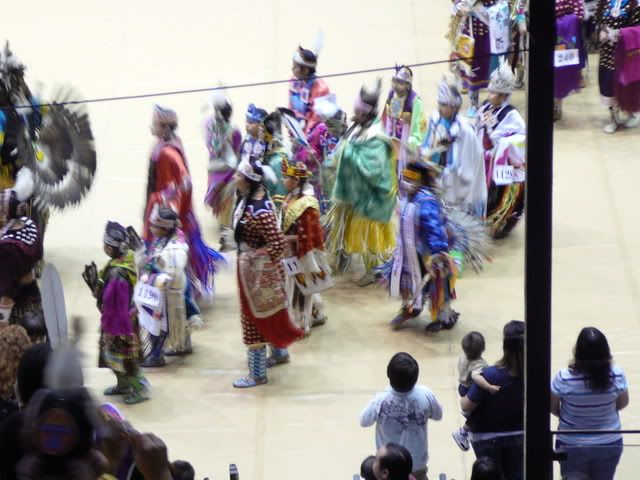
The dancers continue to file in-it is not uncommon for a grand entry to take a half an hour-until all dancers have entered the arbor.
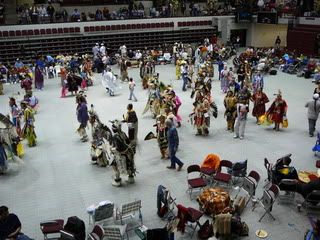
On the other hand, for many people – dancers, drummers, and spectators – the powwow is also a spiritual experience and a spiritual ceremony. Many begin their participation in powwow by smudging: cleansing and spiritually purifying themselves, their dance regalia, and their drums with the smoke from sage or sweetgrass.
Background:
During the Dark Ages of American Indian Religious Freedom (1880 to 1934), the Indian Office (the current Bureau of Indian Affairs) and the local Indian agents discouraged all types of Indian dancing as barriers to civilization. Christian missionaries to the reservations often complained that Indian dances “inflamed animal passions and the immoral and uncivilized people.” Indian agents were told by the Commissioner of Indian Affairs to prohibit Indian dancing as such activities were deemed to be injurious to the moral welfare of the Indians.
The Baptist field matron for the Kiowa-Commanche Reservation in Oklahoma condemned powwow dancing in 1915:
“These dances are one of the breeding places of illegitimate children, which is becoming the shame of the tribe.”
The new superintendent for the Fort Peck Reservation in Montana addressed his concerns over Indian dances in 1917 by stating:
“I recommend the policy of repression and at the same time instruction to show the uselessness of these practices.”
On the other hand, non-Indian tourists had an interest in seeing the Indians dance. While Indian dancing was discouraged on the reservation, non-Indian groups often invited Indians to put on dances in off-reservation venues as a part of celebrations intended to attract tourists.
In 1911, for example, Colorado Springs, Colorado invited a group of Ute to be a part of an exhibition at an 8-day carnival. The Indians performed dances and other ceremonies that were discouraged at their reservation. The events, while not favored by the Commissioner of Indian Affairs, were popular with those attending the event.
In spite of attempts to eradicate Indian dances, the dances continued. In the off-reservation venues, the dancers would often be from different tribes and thus a kind of pan-Indianism developed in which the powwows were not a celebration of one particular Indian culture, but of Indianness in general.
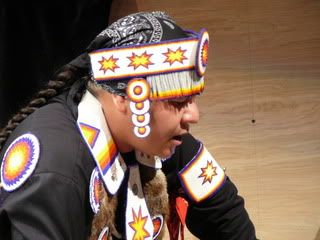
Contemporary Powwows:
At the present time, there are powwows held in all fifty states and in most of the Canadian provinces. Some are held on reservations and reserves, while others are held in places such as universities and colleges. Some powwows are held in conjunction with tribal casinos.
People dance at powwows for many reasons. Some dance because they are Indian and this is a way of celebrating their heritage. Powwows are a time for renewing friendships, for seeing family and friends, for coming home.
Many powwows will include naming ceremonies, honoring ceremonies, and give-aways to mark significant life events, such as graduations, birth, marriage, and homecomings (particularly for veterans).
Some dance because they earn money in the contests. Many large powwows run dance contests and some dancers travel a powwow circuit, dancing at different powwows each weekend, and earning enough money through their winnings to stay on the road.
Dance contests are usually categorized by gender and age group. In addition, there may be categories for different types of dances. For men, this might include Fancy Dance, Traditional, Grass Dance, and Straight Dance. For women, this might include Traditional, Fancy Shawl, and Jingle Dress.
Some dance because of their personal spiritual beliefs and vision. It is not uncommon for Indians in the process of recovery from alcoholism and/or drug addiction to dance as a way of spiritually reinforcing their sobriety.
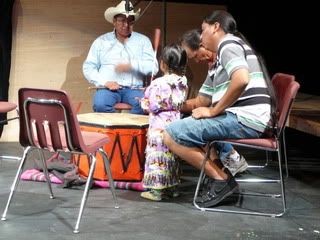
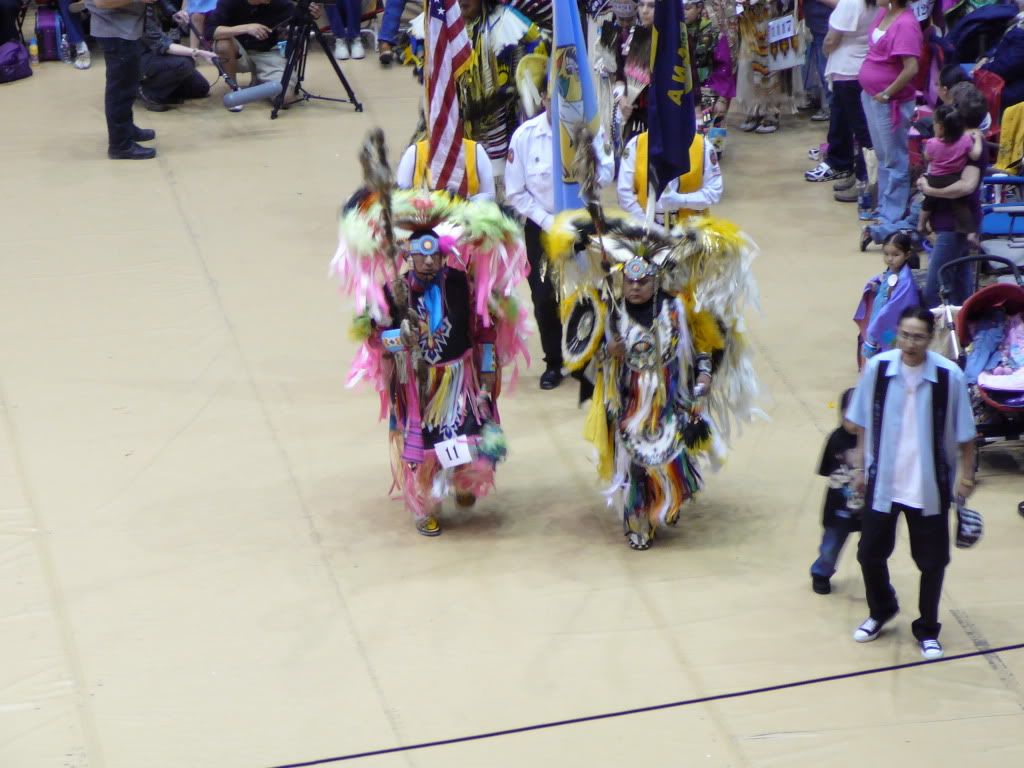
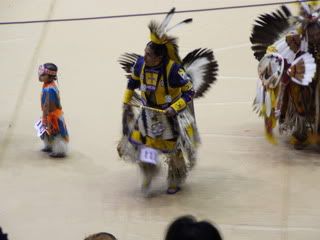
Kyi-Yo:
For 45 years, the Indian students at the University of Montana have been holding the Kyi-Yo Powwow which draws dancers from throughout the region. Shown below are a few photographs from the latest powwow.
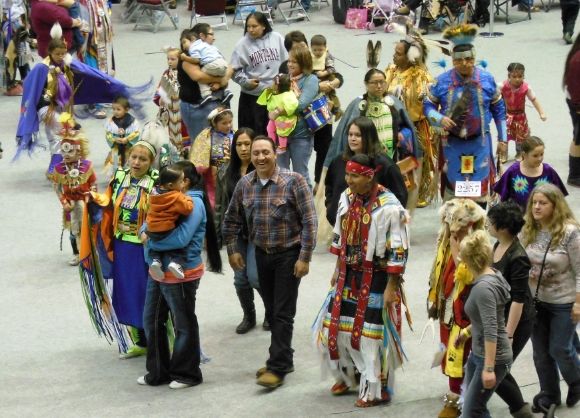
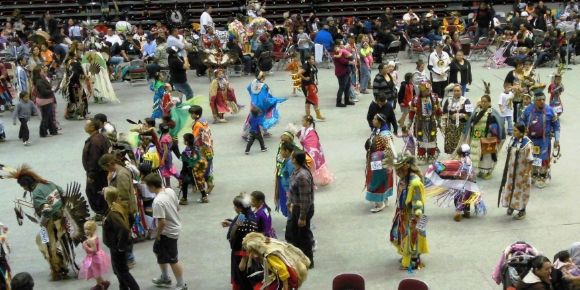
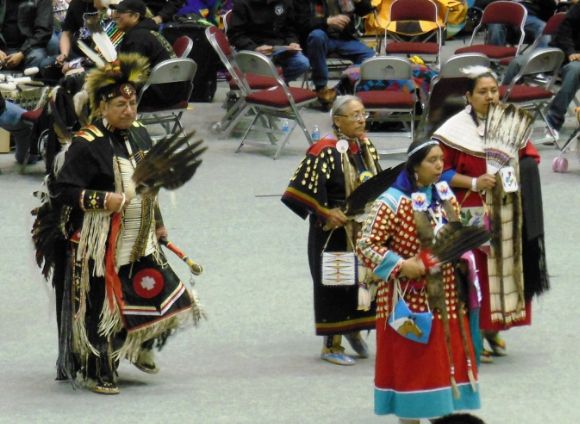
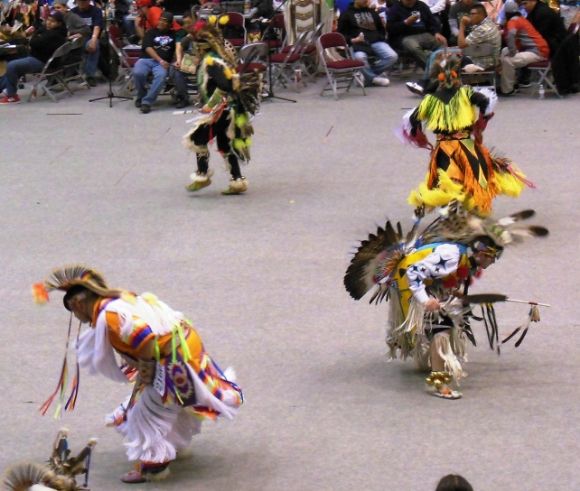
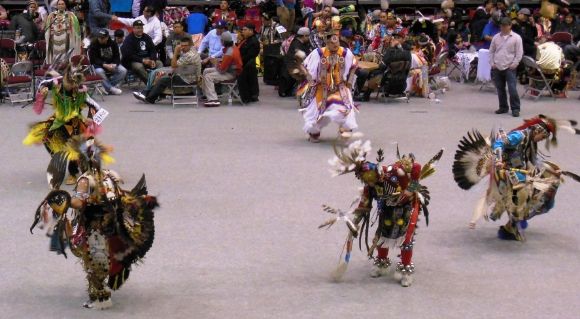
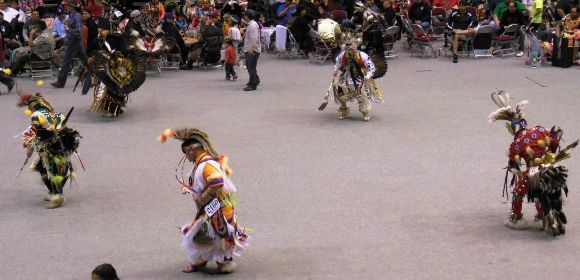
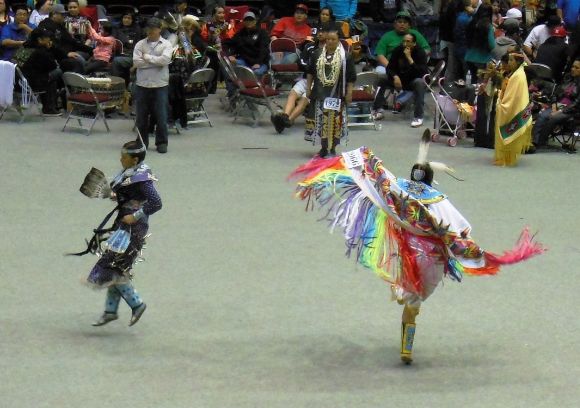
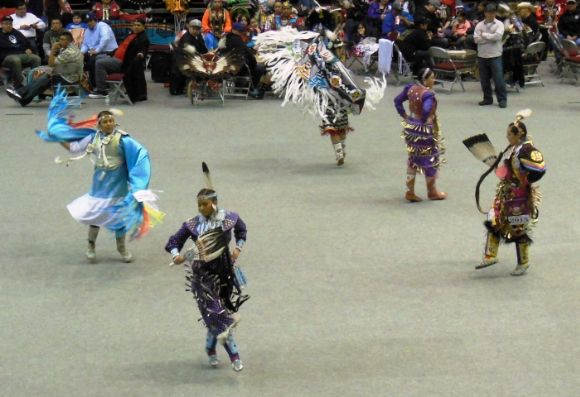
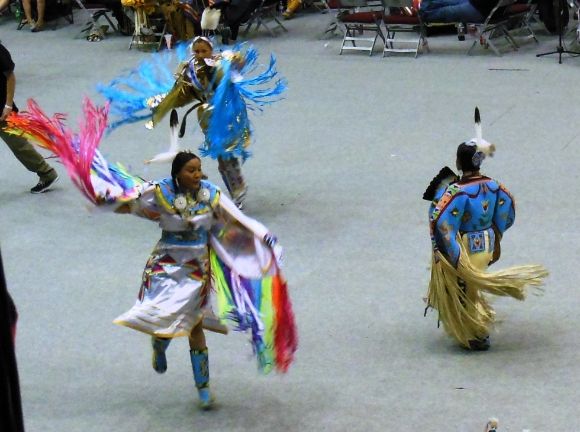
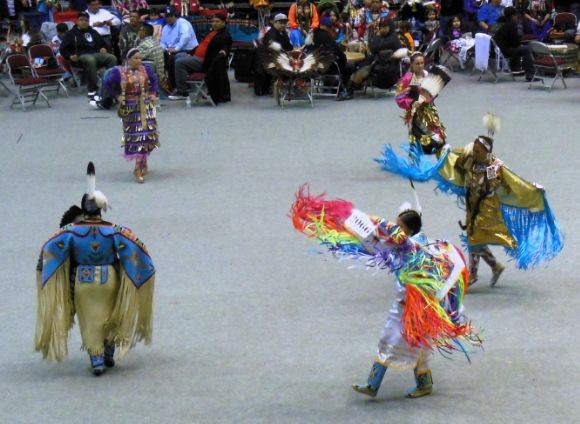
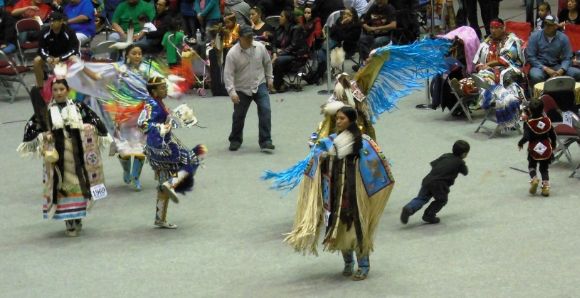
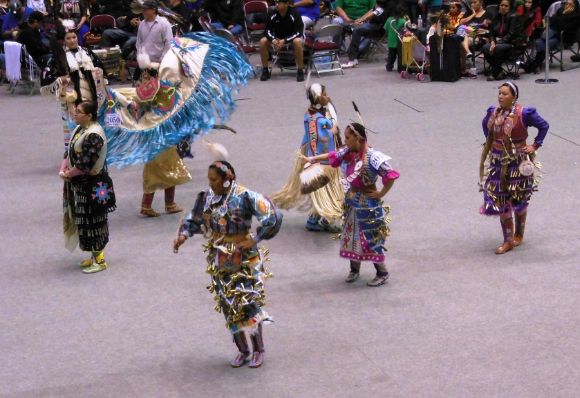
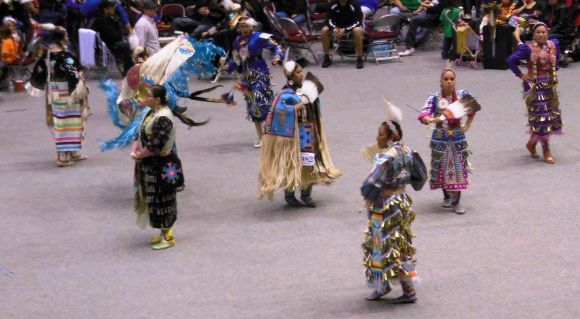
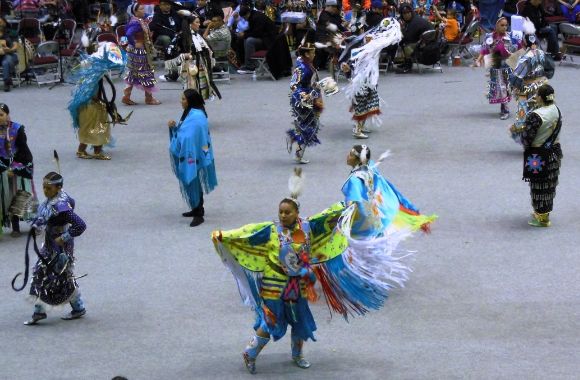
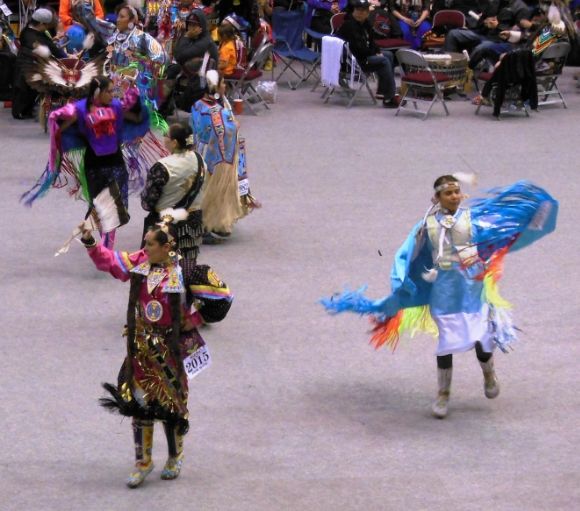
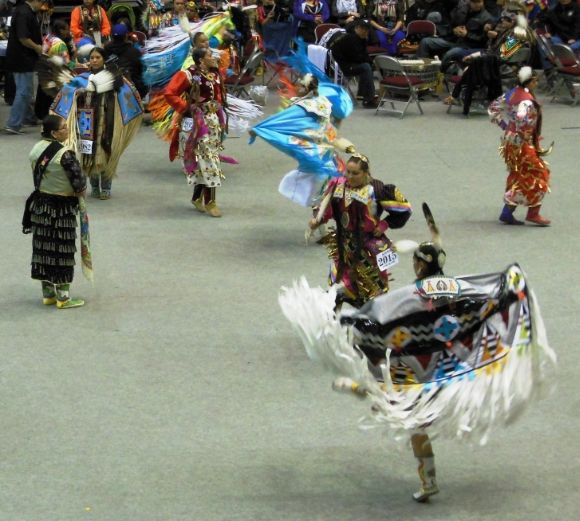
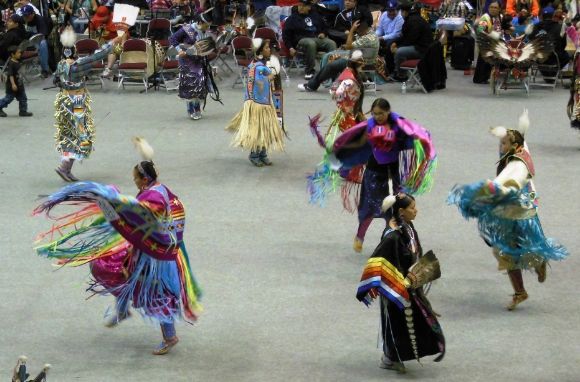
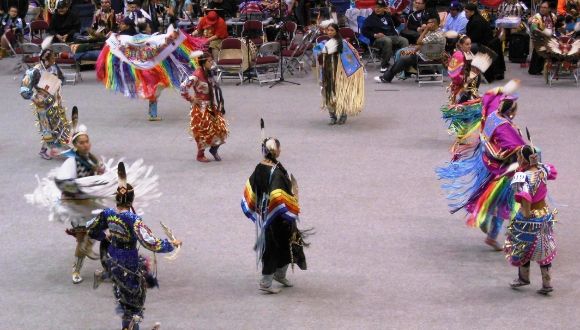

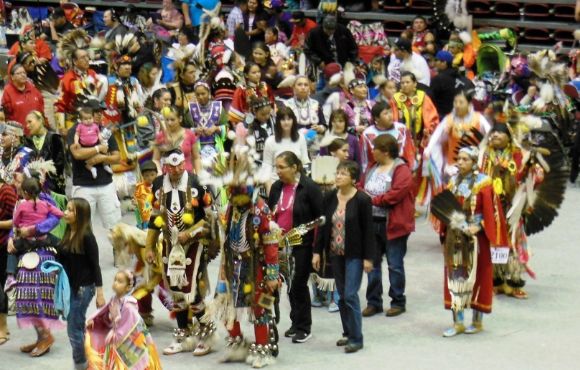
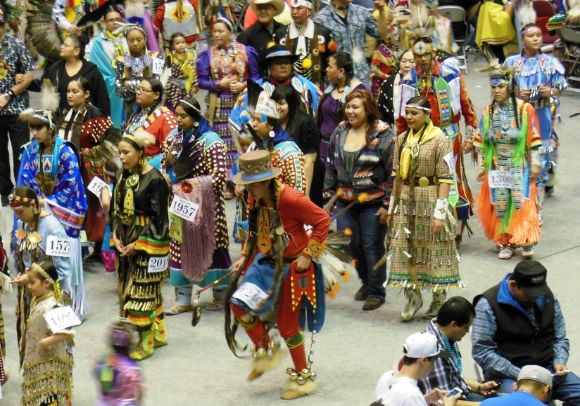
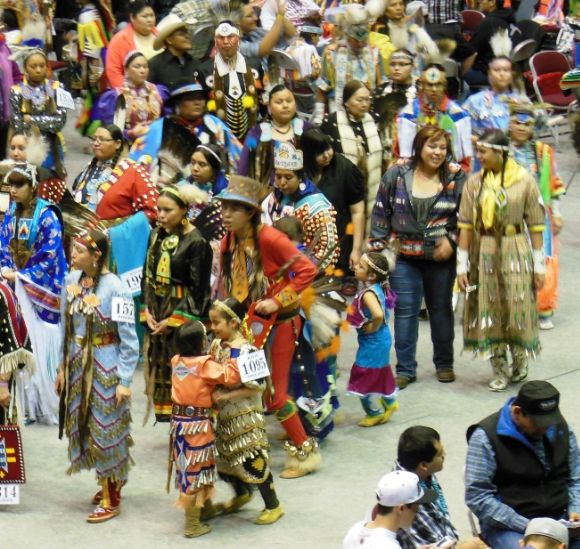
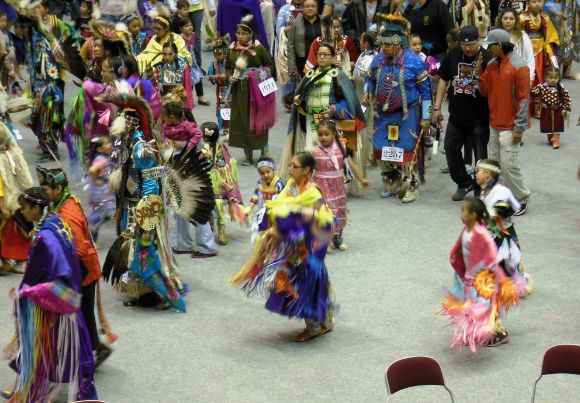
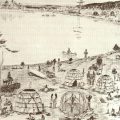
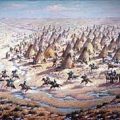
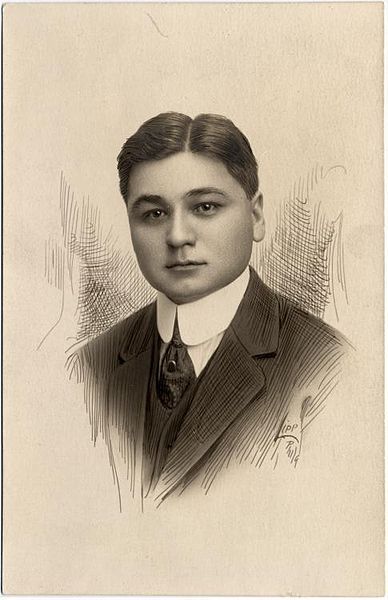
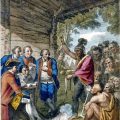
Leave a Reply